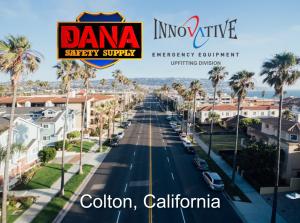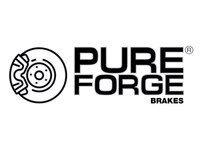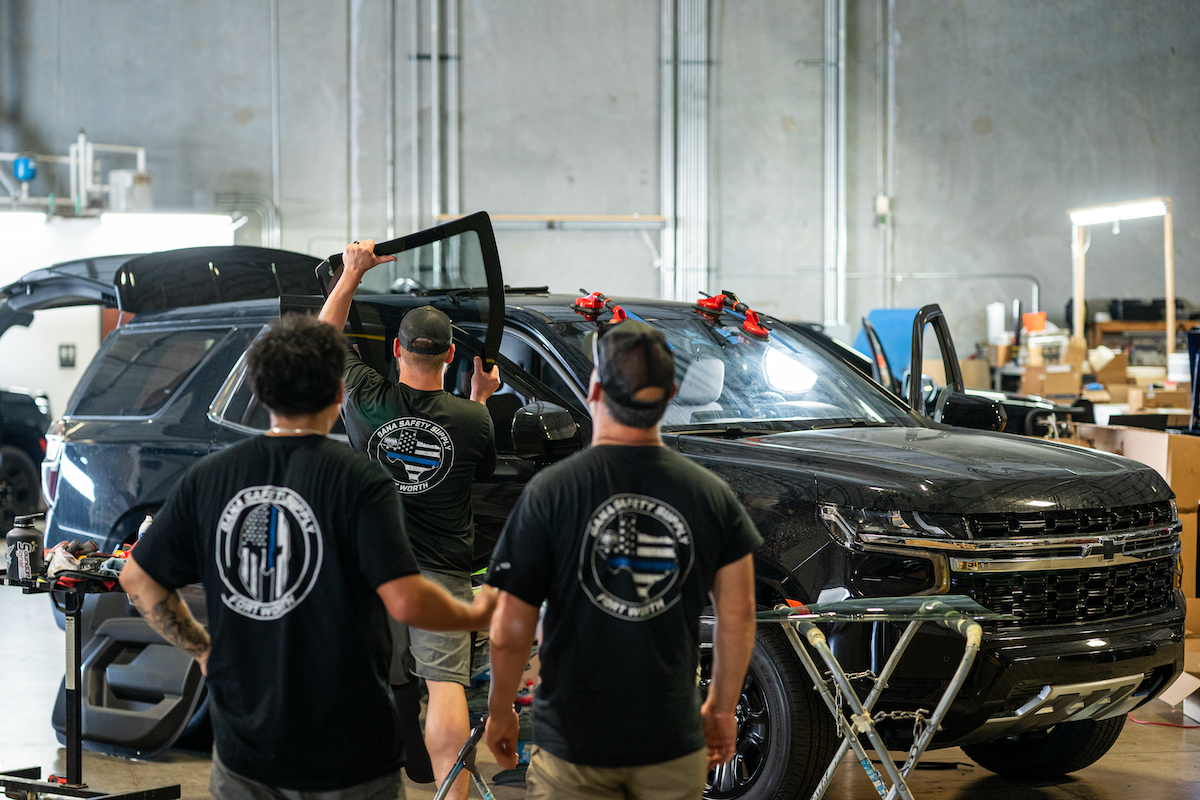In recent years, the need for enhanced security and protection in law enforcement vehicles has become increasingly evident. One significant advancement in this area is the use of ballistic glass and door panels for police vehicles. This article will dive deep into the world of ballistic glass and door panels, discussing their composition, advantages, and challenges, as well as exploring successful implementations.
What is Ballistic Glass?
Ballistic glass, also known as bullet-resistant glass, is a specially designed glass that offers increased protection against various ballistic threats, such as gunfire and explosions.
Composition and Manufacturing Process
Ballistic glass is typically made from a combination of layers of traditional glass and polycarbonate, a tough plastic material. These layers are laminated together using a combination of heat and pressure to create a strong, resilient product that can withstand high-impact forces.
Types of Ballistic Glass
There are several types of ballistic glass available, each offering different levels of protection. These include:
- Traditional Laminated Glass: Made from layers of glass and polyvinyl butyral (PVB) interlayers.
- Polycarbonate Laminated Glass: Made from layers of glass and polycarbonate sheets.
- All-Polycarbonate Glass: Composed entirely of polycarbonate layers.
Why Use Ballistic Glass for Police Vehicles?
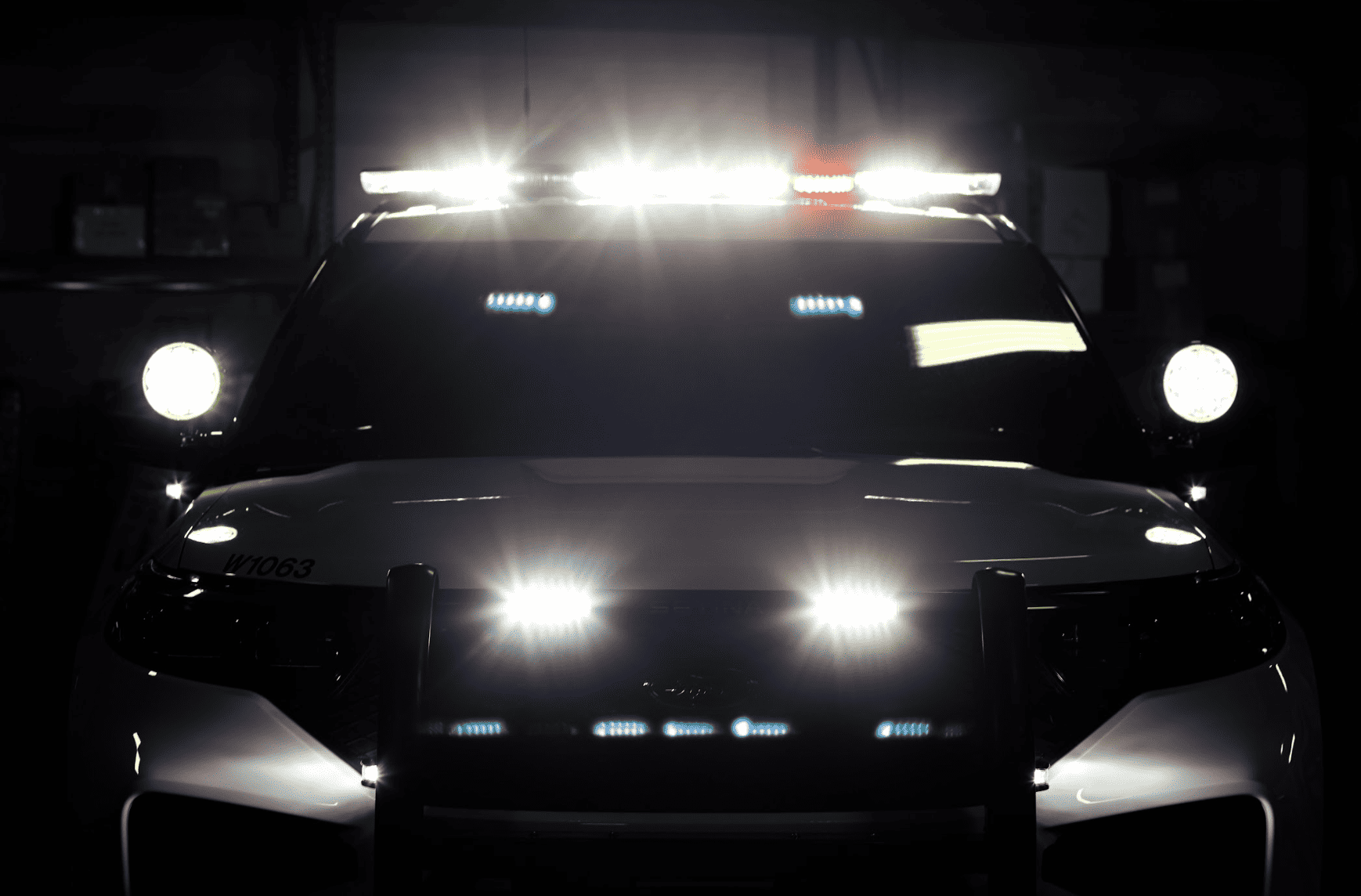
Advantages
Ballistic glass offers several advantages for police vehicles, including:
- Enhanced safety for officers and passengers.
- Improved protection against gunfire, shrapnel, and other ballistic threats.
- Increased durability, reducing the need for frequent glass replacement.
Safety and Security
The primary reason for using ballistic glass in police vehicles is to ensure the safety and security of officers and passengers. This high level of protection is crucial, especially in high-risk situations where gunfire or other threats may be present.
Ballistic Door Panels
In addition to ballistic glass, ballistic door panels provide an extra layer of protection for law enforcement vehicles.
Composition and Functionality
Ballistic door panels are made from high-strength materials, such as aramid fibers or steel, and are designed to fit within the existing door structure of a vehicle. These panels help to absorb and disperse the energy from ballistic impacts, reducing the risk of injury to occupants.
Benefits
Some benefits of ballistic door panels include:
- Enhanced protection for officers and passengers.
- Ability to retrofit existing vehicles without major modifications.
- Improved overall vehicle security.
Levels of Protection for Ballistic Glass and Door Panels
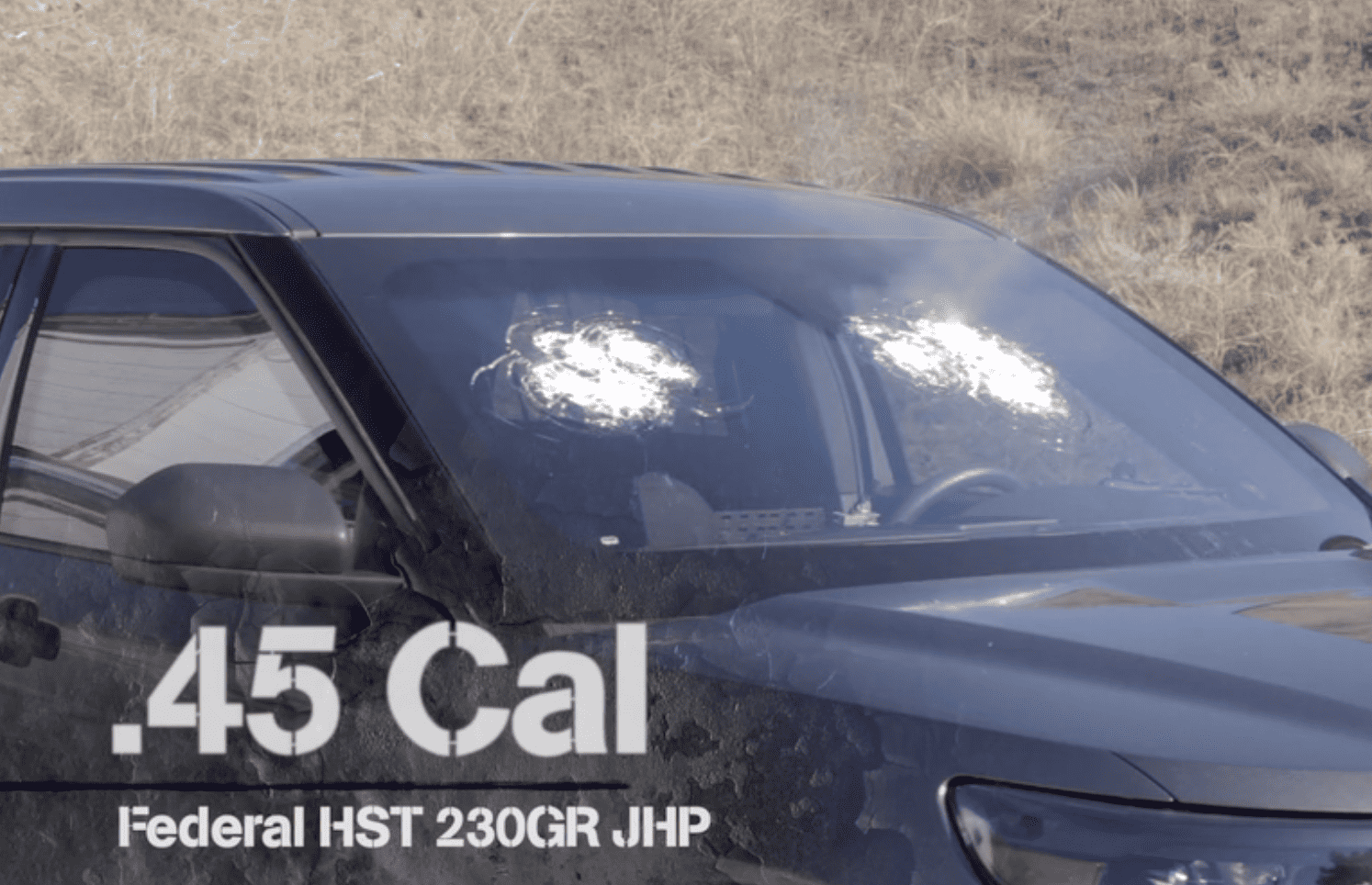
NIJ Standards
The National Institute of Justice (NIJ) has established various standards for ballistic protection, ranging from Level I to Level IV. These standards outline the level of protection provided against specific types of ammunition and weapons.
UL 752 Standards
Another widely recognized standard is the Underwriters Laboratories (UL) 752 Standard for Bullet-Resisting Equipment. This standard categorizes ballistic resistance into eight different levels, based on the type of ammunition and weapon used.
Installation of Ballistic Glass and Door Panels in Police Vehicles
Retrofitting Existing Vehicles
One of the significant advantages of ballistic glass and door panels is their ability to be retrofitted into existing police vehicles. This process involves replacing the standard glass and door panels with their ballistic counterparts, allowing for a cost-effective upgrade to vehicle protection.
New Vehicle Production
For new police vehicles, manufacturers can incorporate ballistic glass and door panels during the production process. This ensures that the vehicles are designed with optimal protection in mind from the outset.
Maintenance and Replacement
While ballistic glass and door panels are more durable than their traditional counterparts, they still require regular maintenance and, in some cases, replacement. It is essential to inspect the glass and panels regularly for signs of damage, as even minor cracks can compromise the integrity of the protection they provide.
Challenges in Implementing Ballistic Glass and Door Panels
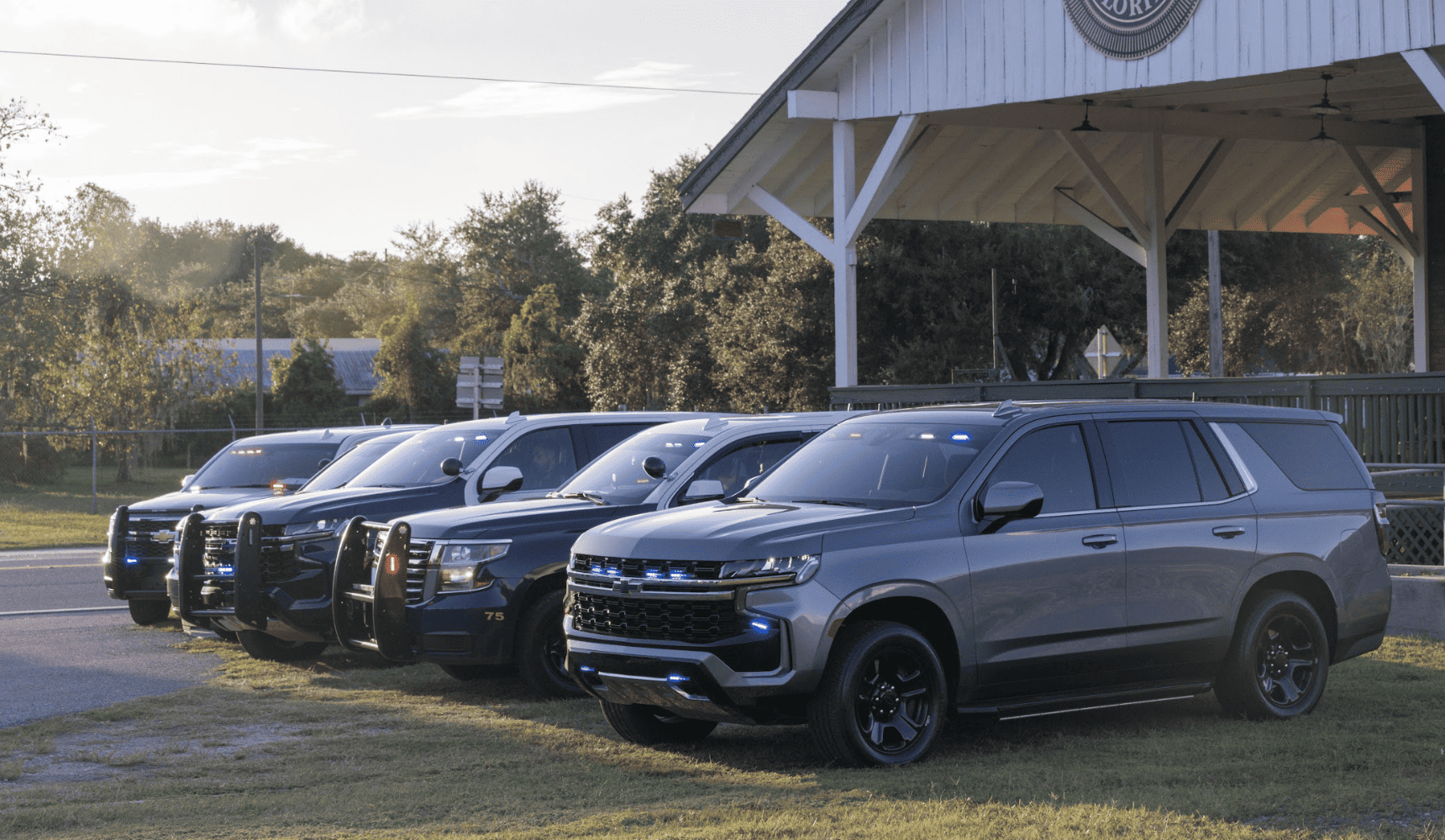
Cost
One of the primary challenges in implementing ballistic glass and door panels is the increased cost compared to standard vehicle components. However, the added protection and security provided can outweigh the additional expense, especially for law enforcement agencies operating in high-risk environments.
Weight
Another challenge is the increased weight of ballistic glass and door panels. This additional weight can affect vehicle performance, fuel efficiency, and maneuverability. Manufacturers and law enforcement agencies must carefully consider these factors when deciding on the appropriate level of protection for their vehicles.
Visibility
Ballistic glass can sometimes reduce visibility due to its thickness and composition. It is crucial to ensure that the glass installed in police vehicles maintains an acceptable level of visibility for officers, allowing them to perform their duties effectively.
Case Studies of Successful Implementations
Several law enforcement agencies worldwide have successfully implemented ballistic glass and door panels in their vehicles, leading to increased officer safety and overall vehicle security. Examples include the Los Angeles Police Department, New York City Police Department, and various European agencies that have made the switch to ballistic protection for their fleets.
Innovations in Ballistic Glass and Door Panel Technology
As technology advances, so do the innovations in ballistic glass and door panel design. Researchers and manufacturers are continually working on developing lighter, stronger, and more effective materials to provide even greater protection for law enforcement officers. Some of these innovations include:
Transparent Armor: The development of transparent armor materials, such as aluminum oxynitride (ALON) and magnesium aluminate spinel (spinel), offers increased ballistic protection while maintaining or even improving visibility.
Smart Glass: Smart glass technology allows for the integration of electronic components, such as heating elements or sensors, into the ballistic glass itself. This can provide additional functionality and safety features for police vehicles.
Composite Materials: The use of composite materials in door panels can lead to lighter and stronger panels, reducing the weight impact on vehicles while maintaining or increasing protection levels.
Environmental and Sustainability Considerations
As the use of ballistic glass and door panels in police vehicles continues to increase, it is essential to consider the environmental and sustainability implications. Manufacturers must prioritize the responsible sourcing of materials and aim to minimize waste throughout the production process.
Additionally, recycling initiatives for ballistic glass and door panels can help reduce the environmental impact of these components. Developing processes for reusing and recycling materials from damaged or decommissioned police vehicles can contribute to a more sustainable approach to vehicle protection.
The Future of Ballistic Protection in Police Vehicles

The future of ballistic protection in police vehicles is promising, with ongoing advancements in technology and materials providing even greater protection for officers and passengers. As law enforcement agencies worldwide continue to prioritize the safety and security of their personnel, it is likely that the demand for ballistic glass and door panels will continue to grow.
In conclusion, ballistic glass and door panels play a crucial role in enhancing the safety and security of police vehicles. While there are challenges to overcome, such as cost, weight, and visibility, the advancements in technology and materials will continue to make it a worthwhile investment for many law enforcement agencies.
Dana Safety Supply: Nationwide Leader in Ballistic Glass and Police Equipment
Dana Safety Supply has built a strong reputation as a nationwide leader in supplying ballistic glass and a wide range of police equipment. With a customer-centric approach and a commitment to providing high-quality products, Dana Safety Supply has become the preferred choice for law enforcement agencies across the country.
Extensive Range of Ballistic Glass Solutions
Dana Safety Supply offers an extensive range of ballistic glass solutions to meet the diverse needs of law enforcement agencies. With a focus on delivering superior protection, the company provides various types of ballistic glass, including traditional laminated glass, polycarbonate laminated glass, and all-polycarbonate glass. These products are available in different protection levels, ensuring that customers can find the perfect solution for their specific requirements.
One-Stop Shop for Police Equipment
In addition to ballistic glass, Dana Safety Supply offers a comprehensive selection of police equipment, including tactical gear, duty gear, body armor, police apparel, law enforcement accessories, and vehicle equipment. This wide range of products ensures that law enforcement agencies can find everything they need under one roof, simplifying the procurement process and saving time and resources.
Nationwide Reach and Unparalleled Service
Dana Safety Supply's nationwide reach allows the company to serve law enforcement agencies across the United States, ensuring timely delivery and exceptional customer support. The company's dedicated team of professionals is committed to providing expert advice, guiding customers through the selection and purchasing process, and ensuring that they receive the best products to meet their needs.
Continuously Expanding Offerings
Dana Safety Supply continuously expands its offerings, keeping up with the latest advancements in ballistic glass technology and police equipment. This dedication to innovation ensures that customers have access to the most cutting-edge solutions, enhancing the safety and performance of their law enforcement personnel and vehicles.
The use of ballistic glass and door panels in police vehicles is a critical step in enhancing the safety and security of officers and passengers. While there are challenges to overcome, such as cost and weight, the benefits of improved protection in high-risk situations make it a worthwhile investment for many law enforcement agencies. By understanding the different types of ballistic glass, levels of protection, and the installation process, agencies can make informed decisions on the best options for their fleets.
FAQs About Ballistic Glass For Door Panels
What is the primary purpose of ballistic glass and door panels in police vehicles?
The primary purpose is to provide increased protection for officers and passengers against ballistic threats, such as gunfire and explosions.
Can ballistic glass and door panels be retrofitted into existing police vehicles?
Yes, ballistic glass and door panels can be retrofitted into existing vehicles, making it a cost-effective option for upgrading vehicle protection.
What are the main challenges in implementing ballistic glass and door panels?
The main challenges include increased cost, weight, and potential visibility issues.
How do NIJ and UL 752 standards differ?
Both NIJ and UL 752 standards categorize ballistic resistance based on the type of ammunition and weapon used. However, they use different categorization systems and may focus on specific aspects of ballistic protection.
Do ballistic glass and door panels require regular maintenance and replacement?
Yes, regular inspection and maintenance are essential to ensure the continued effectiveness of ballistic glass and door panels. In some cases, replacement may be necessary if damage or wear compromises their integrity.


